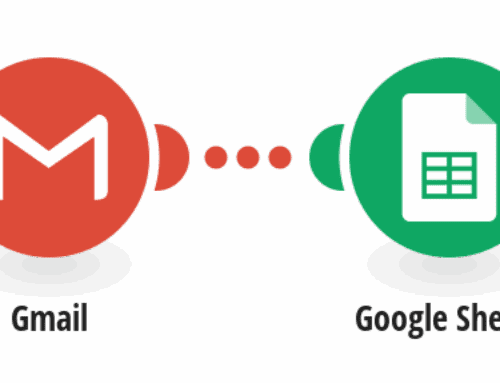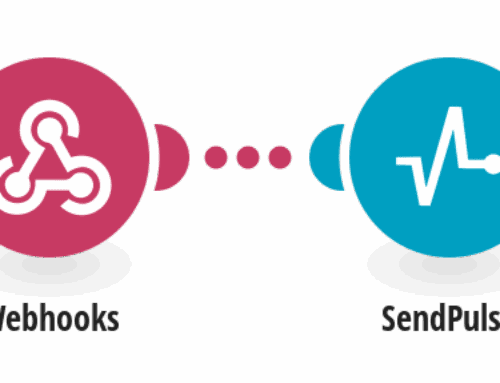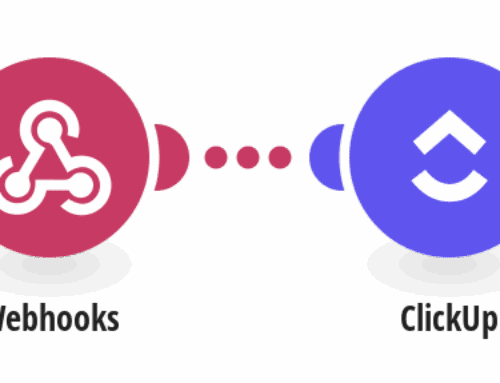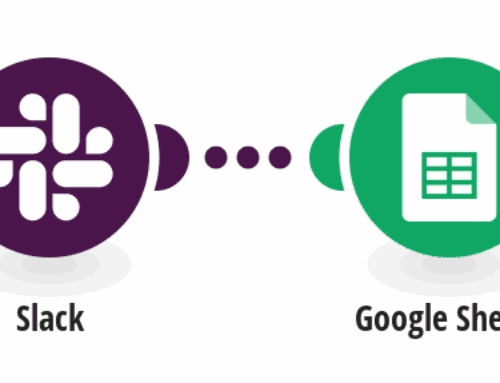How to Keep a Database of All Your Uploaded YouTube Videos with Google Sheets
Introduction to YouTube and Data Management
YouTube is not just a platform for sharing videos; it’s a world of its own, with millions of creators uploading content daily. With all this content swirling around, keeping track of your own videos can become as elusive as catching smoke with bare hands. That’s where the magic of data management comes into play. Organizing your digital content is not just about tidying up; it’s about harnessing the power of your video’s data to enhance productivity and ensure you never lose sight of your creative work.
This guide will walk you through how to consolidate your YouTube video data into Google Sheets. Imagine it as building a library where every video is a book logged meticulously so you can refer back without any hassle. Easier than flipping through endless lists and much more reliable than memory-based tracking, this method ensures you keep an orderly archive of your digital treasures.
Why Use Google Sheets for YouTube Video Management?
Google Sheets is like the Swiss Army Knife of data tools – versatile, accessible, and easy to use, which makes it perfect for managing your YouTube videos. Why let your video data collect virtual dust when you can leverage a tool that organizes, sorts, and analyzes it effortlessly? With Google Sheets, you’re not just storing data; you’re tapping into an interactive platform that can adapt to whatever you need.
The cloud-based nature of Google Sheets means it’s always there, whether you’re on a laptop or mobile device, making video management a breeze from anywhere. Plus, it integrates seamlessly with other Google services, offering a smooth bridge between different aspects of your digital operations. Think of it as having a personal assistant who’s always a few clicks away, ready to streamline your workflow with easy-to-access data.
Setting Up Your Google Account for Maximum Efficiency
Before diving headfirst into data management bliss, you need to ensure your Google account is primed for action. Consider your Google account as the foundation stone for this operation. Without setting things properly, your plans might crumble like an underbaked cake. Start by ensuring your account is secure and ready to interact with third-party applications – this step is crucial for protecting your data while facilitating seamless integration with YouTube.
Once your account is fortified, it’s time to explore Google Sheets and familiarize yourself with its features. Understanding basics like formulas, cell functions, and sharing settings is key. Just as you wouldn’t dive into a pool without knowing how to swim, you shouldn’t dive into data management without mastering these essentials. This groundwork will pave the way for effective and efficient handling of your video archives.
Connecting YouTube to Google Sheets
Linking YouTube to Google Sheets is akin to connecting Lego blocks – seamless yet transformative. This integration allows automatic data transfer from YouTube to Google Sheets, eliminating manual entries and reducing errors. Begin by utilizing Google’s application interface to authorize data exchange, ensuring synchronization is smooth and secure.
Once connected, you’ll start seeing your uploaded videos populating the spreadsheet like guests arriving at a party. Each entry will carry essential details such as titles, upload dates, views, and likes, offering a comprehensive overview of your content landscape. This streamlined process not only lifts the burden of manual logging but ensures your video data is consistently up-to-date.
Organizing Your YouTube Data in Google Sheets
Once your YouTube data starts flowing into Google Sheets, organization becomes key. Think of it as arranging books on a shelf – you want everything in order for easier access and better aesthetics. Use columns to categorize data elements like title, description, upload date, and popularity metrics.
Adding filters and conditional formatting can further enhance your sheet’s functionality, allowing you to highlight trends and patterns at a glance. This clarity transforms raw data into actionable insights, driving decisions and strategies that could boost your channel’s growth. Organization is the invisible thread binding chaos into coherence, turning overwhelming data into manageable information.
Maintaining and Updating Your Google Sheets Database
Keeping your database fresh is as vital as watering a plant regularly – neglect leads to wilting. Ensure your Google Sheets are continuously updated with the latest video data. Automate updates via scripts or integrations that pull data directly from YouTube at scheduled intervals. This automation is your best friend, ensuring consistency without labor-intensive processes.
A well-maintained database not only reflects current video performance but also acts as a repository of historical analytics. Over time, this enables trend analysis and content planning, giving you the upper hand in crafting content strategies. Just like nurturing a plant, a well-cared-for database thrives and rewards you with growth and vibrant data.
Analyzing Data for Enhanced Video Strategy
Data in itself is not power—it’s the interpretation of data that yields mighty results. Analyzing your video statistics from Google Sheets can illuminate paths towards optimizing your content strategy. By evaluating metrics like watch time, engagement, and audience demographics, you can tailor your content to meet viewer expectations and maximize retention.
Understanding these patterns is like reading a map; it guides your journey towards creating resonant content that strikes a chord with your audience. Effective data analysis transforms passive information into an active ingredient in your creative process, turning raw numbers into exuberant growth stories.
Leveraging Google Sheets Features for Better Insights
The true charm of Google Sheets lies in its myriad of features that not only simplify data management but also enhance analysis. Utilize pivot tables to summarize your data effectively, providing a bird’s eye view of your video performance. These summaries act like a compass, pointing you towards areas that need attention or improvement.
Furthermore, incorporating charts can visualize data trends, making complex datasets easier to digest. Colors, lines, and shapes merge to create a visual symphony that communicates insights at a glance. By leveraging these features, you’re not just managing data; you’re engaging with it in a way that fuels informed decision-making and drives your channel forward.
Conclusion
Managing your YouTube video library doesn’t have to be an ordeal. With Google Sheets, you’ve got a dynamic tool that turns chaos into clarity. From organizing data efficiently to analyzing it for insights, your path to optimized content strategy becomes clear and navigable. Like a lighthouse guiding ships to harbor, this system lights the way for strategic growth and success on the bustling seas of YouTube.
Incorporating Google Sheets into your YouTube strategy is more than a backup plan; it’s a proactive approach to content management that safeguards your creative investment. So, log in, set up your integrations, and watch as your video database transforms into an actionable tool for greatness.
FAQs
Can I connect multiple YouTube channels to one Google Sheet?
Yes, you can. By using different sheets or tabs within the same Google Sheets file, you can separate data from multiple channels, allowing for organized management of each channel’s content.
Is there a way to automate data updates in Google Sheets?
Absolutely. You can use scripts or third-party tools like Make.com to schedule regular updates, ensuring your data reflects the most recent changes without requiring manual input.
What are the benefits of using Google Sheets over other databases?
Google Sheets is cloud-based, accessible from anywhere, and integrates smoothly with Google’s suite of tools. Its user-friendly interface and powerful features make it ideal for creators looking for an efficient yet straightforward data management solution.
Can I share my YouTube data with others using Google Sheets?
Definitely. Google Sheets offers robust sharing options, allowing you to collaborate with team members or share insights with stakeholders easily. Adjust permissions to control who can view or edit the data, ensuring security and collaboration.
How can I visually represent my YouTube data in Google Sheets?
Google Sheets provides a variety of chart options that allow you to transform numerical data into visual presentations. By selecting relevant data and choosing from pie, bar, line graphs, etc., you can create engaging charts that showcase trends and insights effectively.








